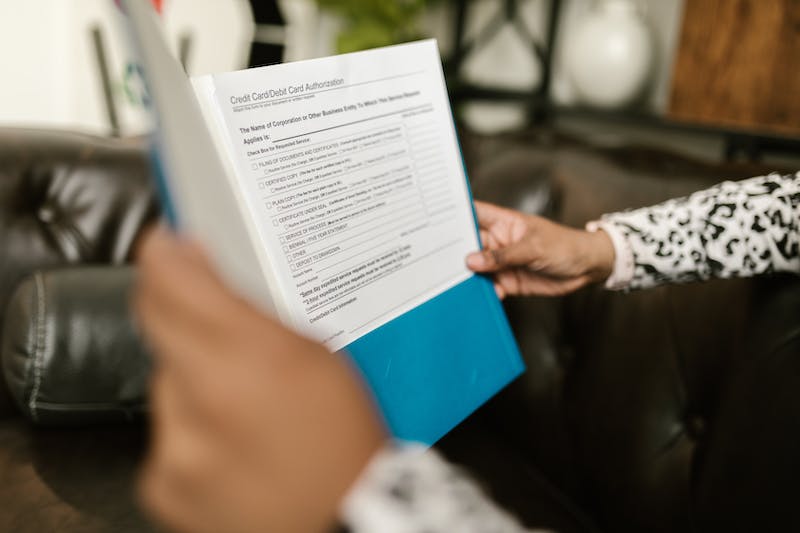Advertisements
Most of the time, people have the propensity to search for the meaning of insurance and what is required to have insurance carried out in an appropriate manner. Some people are simply curious about the significance of insurance and the business models that are used by insurance companies to generate revenue.
Sincerity demands that I tell you that if you are a car owner, you run the risk of being involved in a car accident or losing any of your properties, which could be the result of a fire outbreak or some other type of natural disaster. Even though no one would voluntarily put themselves in such a debilitating circumstance, it is critical that we take into consideration the steps that will be required of us in the event that fate decides to hand them to us in the long run. These steps will assist us in weathering the storm and emerging stronger than before. For this reason, having insurance that can provide financial support is essential.
This post has been specifically prepared for you so that you can gain a comprehensive understanding of what insurance is all about, regardless of whether you are looking for the definition of insurance, the different kinds of insurance, or the top insurance quotes.
What is the meaning of insurance?
A policy between two parties—the insured and the insurer—for a particular entity governs insurance. Under this agreement, the insurance company guarantees the insured financial protection against potential losses. The insurance company would be able to provide financial support or reimbursement from the premium the insured pays.
In other words, insurance is a proven risk management system used to hedge against uncertain losses or contingent risks. This is insurance, in simple words…
What are the five parts of an insurance policy?
Although some insurance policies may have six parts, most policies have only five parts, as described below, including the sixth one.
1. Declarations:
Advertisements
This is the insurance page that summarizes the major information concerned with the insurance policy.
This part may also contain the following information:
- insured’s address and name
- Policy date
- The kind of coverage offered
- A brief description of the business or entity covered
- The coverage limits, forms applicable to the policy, coverage limits, and premium
The description page is also referred to as the DEC page and can further contain more information, including cameras and artwork for the entity insured.
2. Insuring agreements
Although an insuring agreement page or section may contain various agreements in exchange for the premium, the insuring agreements basically state clearly what the insurance company will pay the insured.
A good insurance example of patterning insurance agreements to clearly show what’s in the coverage or coverage limits could be Coverage I: personal injury; Coverage II: property damage and bodily injury, etc.
3. Definitions
Insurance policies have various common terminologies that could possibly mean something special within the insurance frame beyond what you know them to be. Such words in the insurance policy definition are usually emphasized or explained in detail. If you’re a policyholder, it’s pertinent that you pay attention to the definitions and ask questions about an unclear insurance policy definition.
4. Exclusions
The exclusion simply withdraws coverage for designated exposures. However, as exclusions clarify what’s within and outside the insurance coverage, if it’s not written on an SAP state page or section called exclusion, the specified exclusionary clause may be found anywhere within the insurance policy.
5. Conditions
Insurance conditions state categorically what the insurance covers and what it does not cover under certain conditions, what could make the financial protection void arising from the individual’s side (insured), what event should trigger access to insurance, and how the premium is paid.
6. Endorsements
Endorsement is a common part of insurance for must-have policies. It can be used to adjust the main coverage; in this sense, it can restrict or exclude coverage from upcoming and current litigation.
Why is insurance important?
Honestly, the roles and importance of insurance can never be overemphasized, as it makes sure you have financial security, shifts the risk to the company you pay insurance to, helps commerce grow, and provides peace of mind even when things go wrong, as the premiums you have been paying will come in and go a long way.
Recently, so many businesses were affected by the pandemic: house owners, vehicle owners, people in the health sector, and many more were affected in one way or another, and if insurance covers any of the disasters that may affect them, it will be easier for them to bounce back again. That’s why insurance is compulsory in most states—to help people recover from losses.
What are the types of insurance?
Most people tend to know what the 4 types of insurance are, what the 5 main types of insurance are, and what the 7 types of insurance are, whereas some are on the search for the 3 main types of insurance. All these questions are triggered by the thought that there are a universally accepted number of insurance types, but this is not true, as insurance types can include but are not limited to the following:
- Life insurance
- Car insurance
- Health insurance
- Home Insurance
- Term life insurance
- Property insurance
- Whole life insurance
- Disability insurance
- Renters’ insurance
- Flood Insurance
- Universal life insurance
- Flood Insurance
The above list can be endless if we consider adding more types of insurance, and this is enough to specifically educate you that insurance types are many and that their policies vary depending on the specified entity under coverage.






